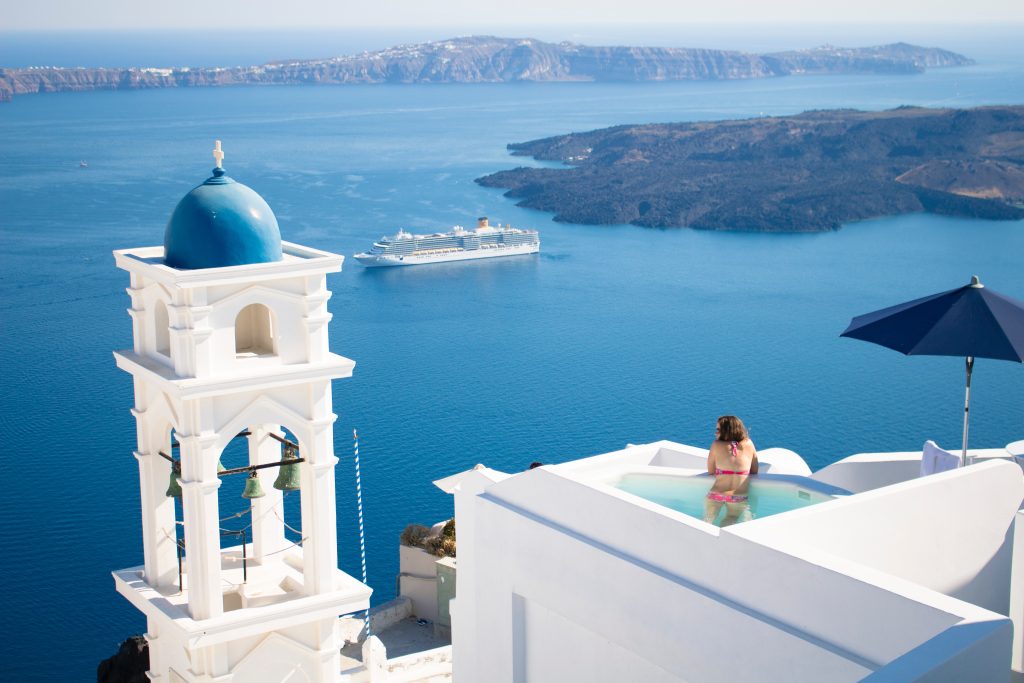
Luxury market to hit €1.5 trillion in 2023—and travel is a big factor
The global luxury market is projected to reach €1.5 trillion in 2023, an 8-10 per cent growth over 2022, setting a new record for the industry and proving its unparalleled resilience.
These are among the findings of the latest Bain & Company report with Altagamma, the Italian luxury goods manufacturers’ industry association. Spending on experiences, particularly, recovered to historic highs, fueled by a resurgence in social interactions and travel.
Despite challenging macroeconomic conditions, the market registered robust growth of 11-13%, at constant exchange rates. This is consistent with last year’s growth rate and translates to a ~€160 billion increment in spending across luxury categories.
Amid pronounced geopolitical and macroeconomic shifts, the luxury market has proven unparalleled resilience this year. The key segment, personal luxury goods, has experienced continued growth in 2023 and is projected to reach €362 billion by end of year, 4 per cent higher than 2022 at current exchange rates.
European tourism rebounds
The study shows global luxury tourist purchases have nearly reached pre-pandemic levels, with untapped potential remaining in many areas.
Europe has enjoyed a progressive pickup in tourism, driving growth across countries, with long-haul resort locations attracting high spenders alongside key luxury cities. Even if local aspirational customers were impacted by macroeconomic instability, stable top-customer pools maintained positive momentum contributing to market growth.
American tourism dwindles

Alternatively, the Americas have seen a deceleration throughout the year, posting an eight per cent drop from 2022, as widespread uncertainty continues to impact aspirational customers’ spending.
Top customers remain confident but have maintained their spending abroad, as the US dollar remains strong against the Euro and price differentials favor oversea purchases.
Other regional trends

Saudi Arabia is accelerating, attracting investments of major luxury brands; and Australia has provided fertile ground for growth.
Mainland China posted a strong performance after its first quarter reopening but slowed progressively as new macroeconomic topics arose. Hainan is poised to grow as a bright luxury hub, set to become an entire duty-free island by 2025.
Japan is booming, thanks to sound local customers and the weak Yen, favoring touristic inflows. Conversely, South Korea is facing a challenging year, with unfavorable macroeconomic headwinds impacting local consumption and strong currency leading tourists to buy elsewhere.
Southeast Asian countries experienced positive momentum, thanks to strong intraregional tourism and growing interest from local consumers, especially in Thailand.
